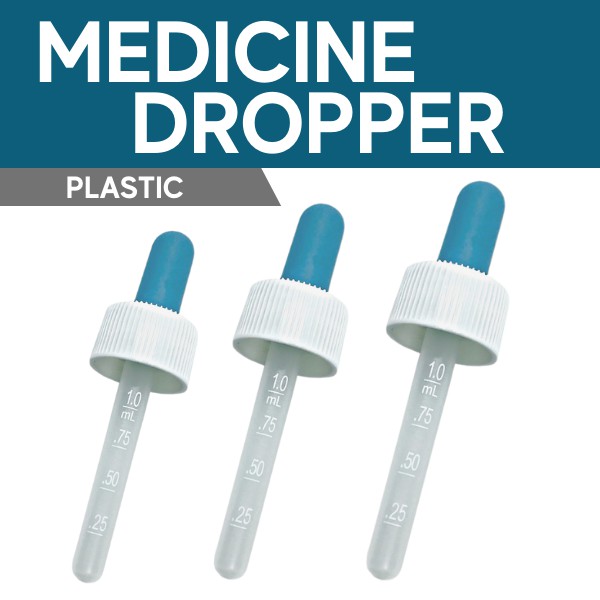In the realm of medicine, where precision and accuracy are paramount, even the smallest tools can make a significant difference. One such tool, often overlooked but indispensable in medical practice, is the humble medicine dropper. This unassuming device, with its ability to deliver precise amounts of liquid medication, plays a crucial role in healthcare settings worldwide. From administering medications to infants to conducting intricate laboratory experiments, the medicine dropper serves a multitude of purposes with utmost efficiency and reliability.
Evolution of the Dropper: From Past to Present
The history of the medicine dropper dates back centuries, evolving from rudimentary glass tubes to the sophisticated instruments we use today. Early droppers were simple glass tubes with rubber bulbs attached, allowing users to draw liquid into the tube and dispense it as needed. However, these primitive designs lacked accuracy and consistency, often leading to imprecise dosing and potential errors in medication administration.
Advancements in materials and manufacturing processes led to the development of more refined dropper designs. Modern droppers feature calibrated markings, ensuring precise measurement of liquid volumes. Additionally, materials such as plastic and silicone have replaced glass and rubber, enhancing durability and usability while maintaining safety standards.
Applications in Medicine
The versatility of the medicine dropper makes it indispensable across various medical disciplines:
- Pediatric Care: Administering medication to infants and young children requires precise dosing to ensure safety and efficacy. Medicine droppers enable healthcare providers to deliver accurate amounts of liquid medication, minimizing the risk of under- or overdosing.
- Geriatric Care: Elderly patients often face challenges with swallowing pills or tablets. Medicine droppers offer a convenient solution for administering liquid medications to this demographic, promoting compliance and improving therapeutic outcomes.
- Ophthalmology: In eye care, droppers are commonly used to instill ophthalmic solutions for conditions such as glaucoma or conjunctivitis. The precise delivery of medication directly to the eye ensures optimal therapeutic effects while minimizing wastage.
- Laboratory Research: Beyond clinical settings, droppers play a crucial role in laboratory research. Scientists use precision droppers to dispense reagents, solvents, and other liquids with accuracy, essential for conducting experiments and analyzing results.
- Diagnostic Testing: Diagnostic assays often require precise volumes of liquid samples or reagents. Droppers facilitate the measurement and dispensing of these liquids, ensuring the reliability and reproducibility of test results in settings such as medical laboratories and point-of-care facilities.
- Home Healthcare: In addition to professional settings, medicine droppers are indispensable in home healthcare environments. Caregivers rely on droppers to administer medications to family members, especially for those who have difficulty swallowing pills or tablets.
Challenges and Innovations
While medicine droppers have significantly advanced medical practice, they are not without challenges. One common issue is the risk of contamination, particularly when the same dropper is used for multiple medications or patients. Proper cleaning and sterilization protocols are essential to mitigate this risk and maintain patient safety.
In recent years, innovative solutions have emerged to address these challenges. Disposable droppers, for instance, offer a hygienic alternative for single-use applications, reducing the risk of cross-contamination. Additionally, automated dropper systems equipped with electronic controls and sensors enable precise dosing and enhance workflow efficiency in clinical and laboratory settings.
Conclusion
In the vast landscape of medical devices and instruments, the medicine dropper stands out as a simple yet indispensable tool. From its humble origins to its modern incarnations, the dropper has played a crucial role in medication administration, laboratory research, and diagnostic testing. As healthcare continues to evolve, so too will the dropper, adapting to meet the changing needs and demands of medical practice. In the journey towards better health outcomes, let us not overlook the importance of this essential instrument—the unsung hero of medicine.
